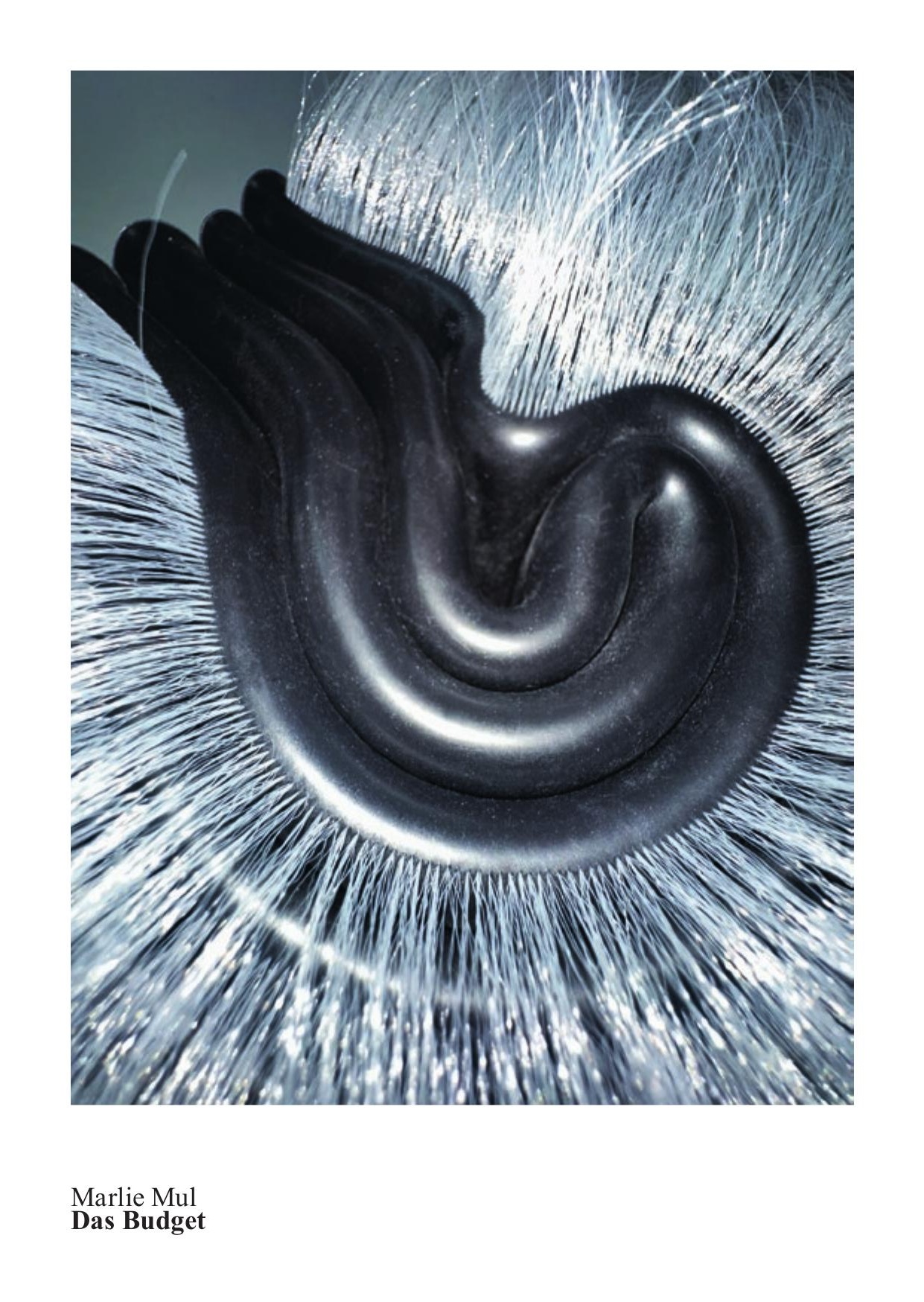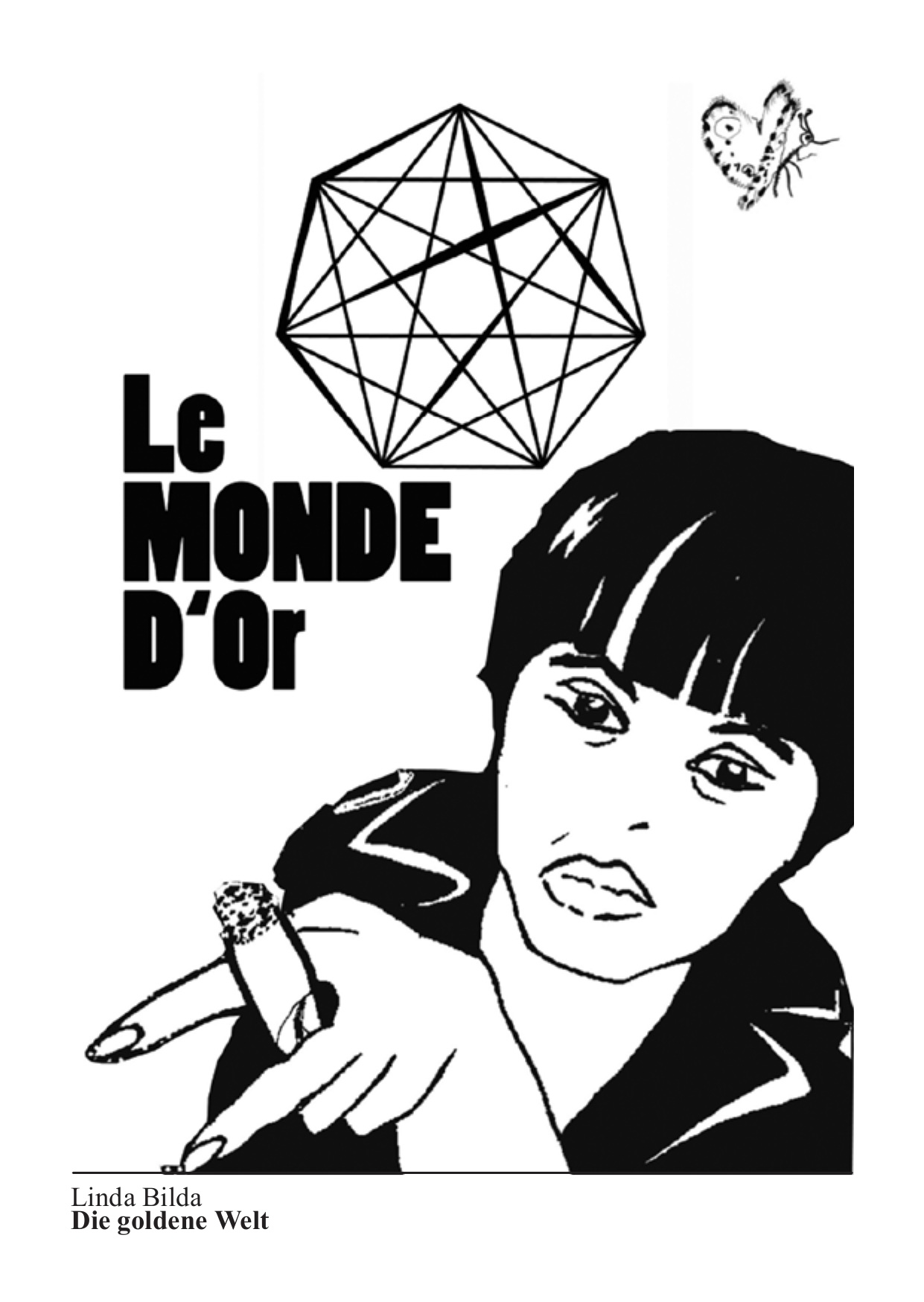27.1. – 1.4.2002
Gillian Wearing Trilogy
Since the beginning of the 90s, the artist Gillian Wearing (b 1963 in Birmingham, lives and works in Birmingham) has been one of the most renowned individuals in the international art scene representing the generation of British artists known as Young British Artists. The Glarus Art Museum shows three of her most recent video works, I love you, Drunk, and Prelude, two of which are direct offshoots of her intensive engagement with street alcoholics continuing over a period of years.
Gillian Wearing uses photography and video to explore the secrets and complexities of human and interpersonal relationships. In each of her works the individual denotes the focal point. In earlier works she incorporated for the most part average people on the street speaking through the instruments of interviews and photographic renderings – the vox populi. These paved the way for her international breakthrough: Signs that say what you want them to say and not signs that say what someone else wants you to say (1992/1993). The frequently shown and also frequently cited work in advertising consists of a series of photos where people from every level of English society can be seen holding in their hands a piece of paper containing writing, after they had been requested by the artist to jot down what was going through their heads. In later works from the middle of the 90s, Wearing has been increasingly concerned with the unconventional figures she continually encounters, people whose behavior has overstepped the boundaries determined by society’s norms and who consequently exist on the fringes of society.
In 1997 she invited street alcoholics to her studio to do a photographic shooting run through. Since each of them brought a friend along, many more than anticipated showed up causing the photographic session to degenerate into chaos. However, it marked the beginning of a long-term project working with some of the people in this group and culminating in the three-part projection of Drunk (1999) – the work which represents the heart of her exhibit Trilogy at the Glarus Art Museum. It was not the artist’s intent to film the alcoholics in their everyday circumstances. Due to the fact that she allows these people to act as they choose in her studio against a white background, she liberates them from a social-historic context in order to produce a timeless, universal statement.
In Drunk – in contrast to Prelude (2000), where an off-screen voice speaks about her twin sister who is visible in the scene and has since died of cirrhosis of the liver – the emphasis is not on the personal fate of the figures but rather on the psychological phenomena of loss of inhibition, emancipation from behavioral codes, and loss of control all of which can be induced through the consumption of alcohol. Even though Gillian Wearing is apparently strongly influenced by the English documentary film tradition, her works consciously depart from the “fly on the wall” documentary film approach. The artist distrusts the concept of the objective, neutral eye of the camera, since the people behind the camera not only decide on the view but also interpret what is said, thus influencing the statement both while photographing and after the session while editing. In fact, Gillian Wearing consciously and consistently integrates modifying processes into her images, so that the viewer is fully aware that they involve an interpretation and “re-presentation” of facts. Thus mothers can speak with the voices of their sons, movements are seen in reverse, people who sacrifice their innermost secrets to the camera are grotesquely disguised, or the artist herself opts to become the protagonist in certain segments which she has previously observed (e.g. Dancing in Peckham, 1994).
Drunk stands in stark contrast to a typical “Big Brother” episode owing to the formal reduction of the cinematic surroundings reminiscent of Beckett stage sets and due to the complex and subtle construction of the developments during postproduction. It is a deliberately influenced yet respectful view of people who, under the influence of a particular substance, forget what our society has decreed, thereby illustrating a more excessive level of emotional and physical behavior.
The third video in the Trilogy – I love you (1999) – treats a very similar issue but with reversed prognostics: The looped sequences, in this instance unmistakably recognizable as a directed episode, feature two English middle-class couples on their way home following an evening of joviality in their cups.
Pictorial material pertaining to the works of Gillian Wearing is available at the Glarus Art Museum beginning the end of December.

















